The Greek islands have long been synonymous with romance, their whitewashed buildings and azure domes standing in stark contrast against the deep blue of the Aegean Sea. Among these idyllic destinations, the smaller, less-traveled islands hold a particular allure—offering not just the promise of love, but also the embrace of solitude. Here, between the blue and the white, between the bustle of tourist hotspots and the quiet of hidden coves, lies a world where passion and loneliness walk hand in hand.
There is something undeniably poetic about the way the light falls on these islands. The sun, unrelenting in its intensity, bleaches the walls of the houses until they glow, while the sea reflects the sky in endless variations of blue. The contrast is almost too perfect, as if the islands were designed by an artist with an obsession for harmony. Yet, beneath this picture-perfect surface, there is a rawness, a quiet melancholy that lingers in the narrow alleyways and empty beaches. The beauty is undeniable, but it is not without its shadows.
For couples, the Greek islands are a dreamscape. The rhythm of life slows to match the lapping of the waves, and time seems to stretch endlessly. Days are spent wandering through labyrinthine streets, hand in hand, or lounging on sun-drenched terraces with glasses of chilled Assyrtiko. Evenings are for long, leisurely dinners by the water, where the only sounds are the clinking of cutlery and the occasional laughter of other lovers. It is easy to lose oneself in the romance of it all, to believe that the world exists only for two.
But for the solitary traveler, these same islands take on a different tone. The same white walls that seem so charming in the daylight can feel isolating when the sun sets and the streets empty. The sea, so inviting in its brilliance, becomes vast and indifferent. There is a peculiar kind of loneliness that comes with being surrounded by such beauty—an awareness of how small one is in the face of such grandeur. And yet, there is also a strange comfort in it. To sit on a quiet shore, watching the waves, is to be alone but not necessarily lonely. It is a solitude that feels earned, a moment of stillness in a world that rarely stops moving.
The smaller islands, in particular, have a way of amplifying these emotions. Places like Folegandros or Amorgos, where the tourist crowds are thinner and the landscapes more rugged, seem to exist outside of time. The locals move at their own pace, their lives dictated by the sea and the seasons rather than the demands of visitors. For those who stay long enough, the islands begin to reveal their secrets—the hidden chapels, the deserted windmills, the cliffs where the only sound is the wind. These are the places where one can truly disappear, if only for a little while.
Even the architecture of these islands speaks to this duality. The iconic blue-domed churches, so often photographed, are symbols of both faith and isolation. They stand as beacons against the sky, yet they are also places of quiet reflection, where one might light a candle and sit in silence. The whitewashed houses, clustered together like a flock of seabirds, seem to offer community, but their thick walls also provide a retreat from the world. It is a landscape built for connection and for solitude in equal measure.
Perhaps that is the true magic of these islands—their ability to hold space for both love and loneliness, often within the same moment. A couple might share a sunset, only for one to linger after the other has gone inside, lost in thought. A solo traveler might strike up a conversation with a local over a glass of raki, feeling both the warmth of human connection and the ache of its fleeting nature. The islands do not judge; they simply exist, offering their beauty without conditions.
And then there are the stories—the whispers of sailors and shepherds, of lovers separated by war, of artists who came seeking inspiration and never left. The islands are steeped in myth and memory, their histories written in the stones and the sea. To walk these paths is to walk in the footsteps of countless others who have come before, each leaving some small imprint behind. It is impossible not to feel the weight of it all, not to wonder about the lives that have unfolded here, the joys and sorrows that have played out against this breathtaking backdrop.
In the end, the Greek islands are more than just a destination. They are a feeling, a state of mind. They are the thrill of a new romance and the quiet ache of an old one. They are the exhilaration of discovery and the peace of surrender. They are, above all, a reminder that beauty and loneliness are not opposites, but companions—two sides of the same coin, forever intertwined in the dance of light and shadow that plays out across the Aegean every single day.
So whether you come here with a lover or alone, whether you seek passion or solitude, the islands will meet you where you are. They will dazzle you with their brilliance and humble you with their vastness. And when you leave, as all visitors must, they will linger in your memory like a half-remembered dream—a place where the blue of the sea and the white of the walls blur together, where love and loneliness exist not in opposition, but in perfect, painful harmony.
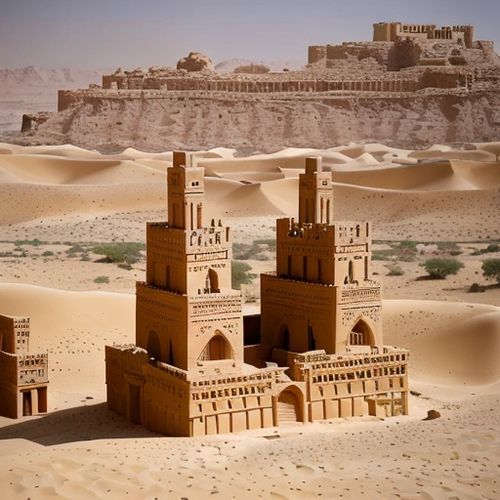
By /May 11, 2025
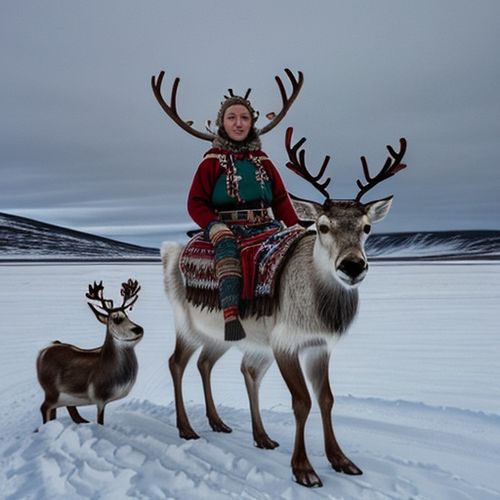
By /May 11, 2025

By /May 11, 2025

By /May 11, 2025

By /May 11, 2025
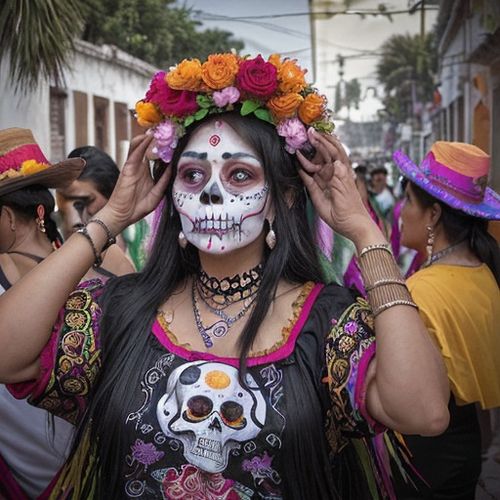
By /May 11, 2025
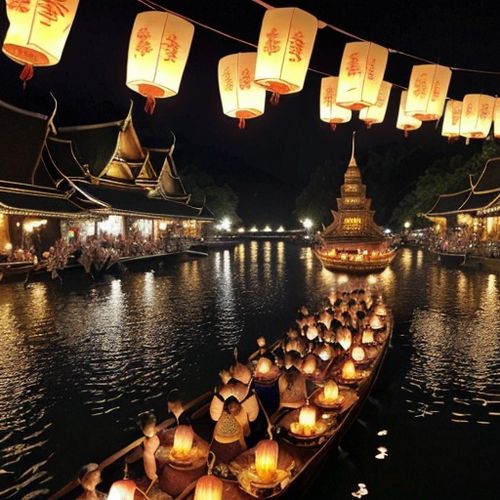
By /May 11, 2025
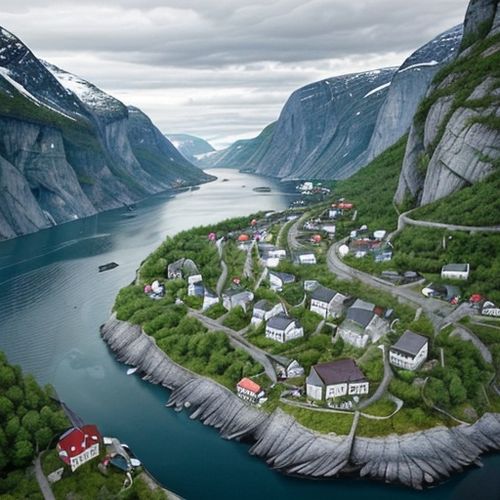
By /May 11, 2025
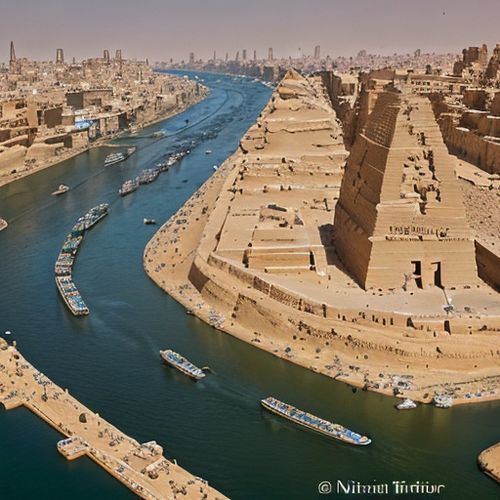
By /May 11, 2025

By /May 11, 2025

By /May 11, 2025

By /May 11, 2025
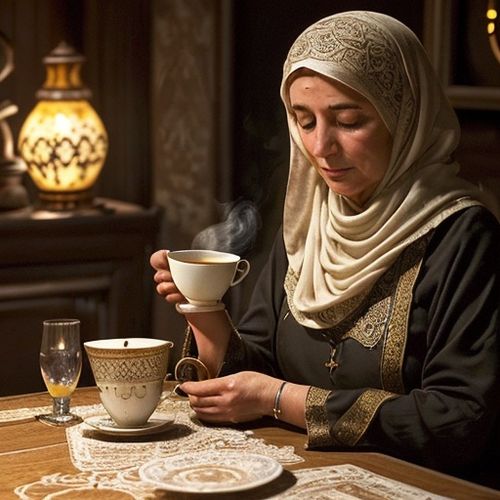
By /May 11, 2025
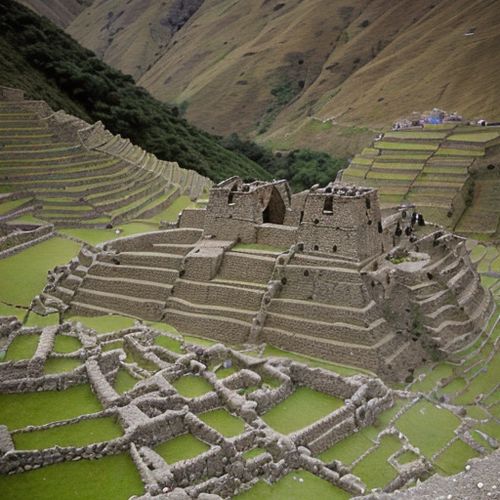
By /May 11, 2025
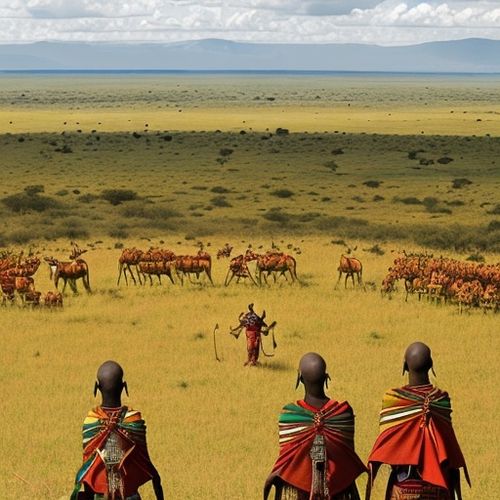
By /May 11, 2025
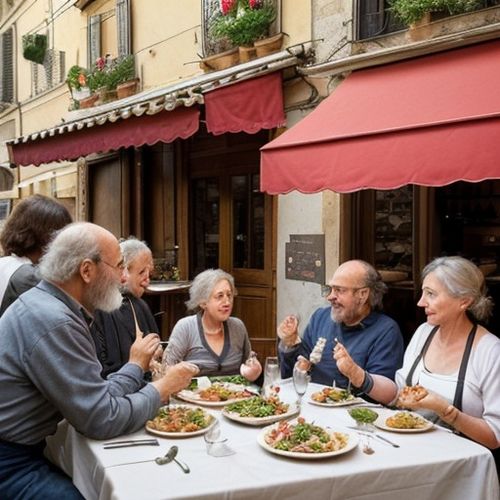
By /May 11, 2025
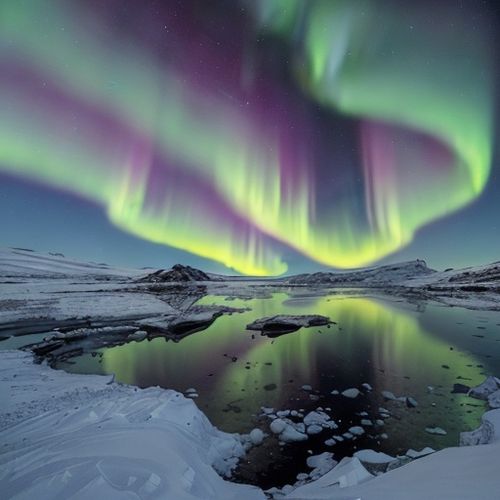
By /May 11, 2025
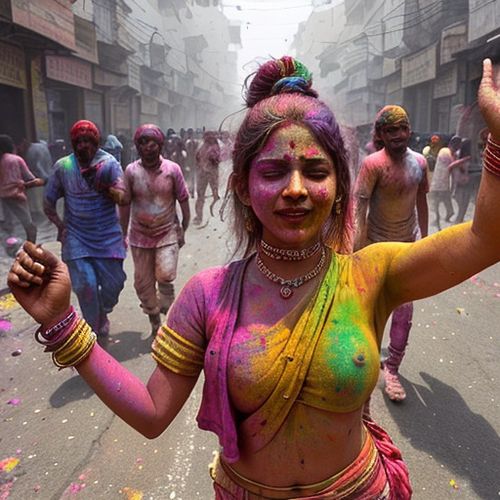
By /May 11, 2025
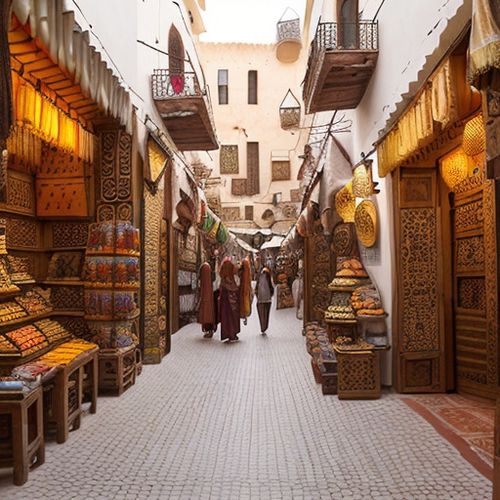
By /May 11, 2025
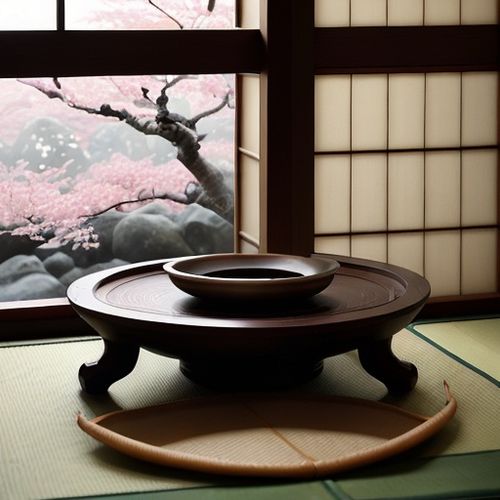
By /May 11, 2025